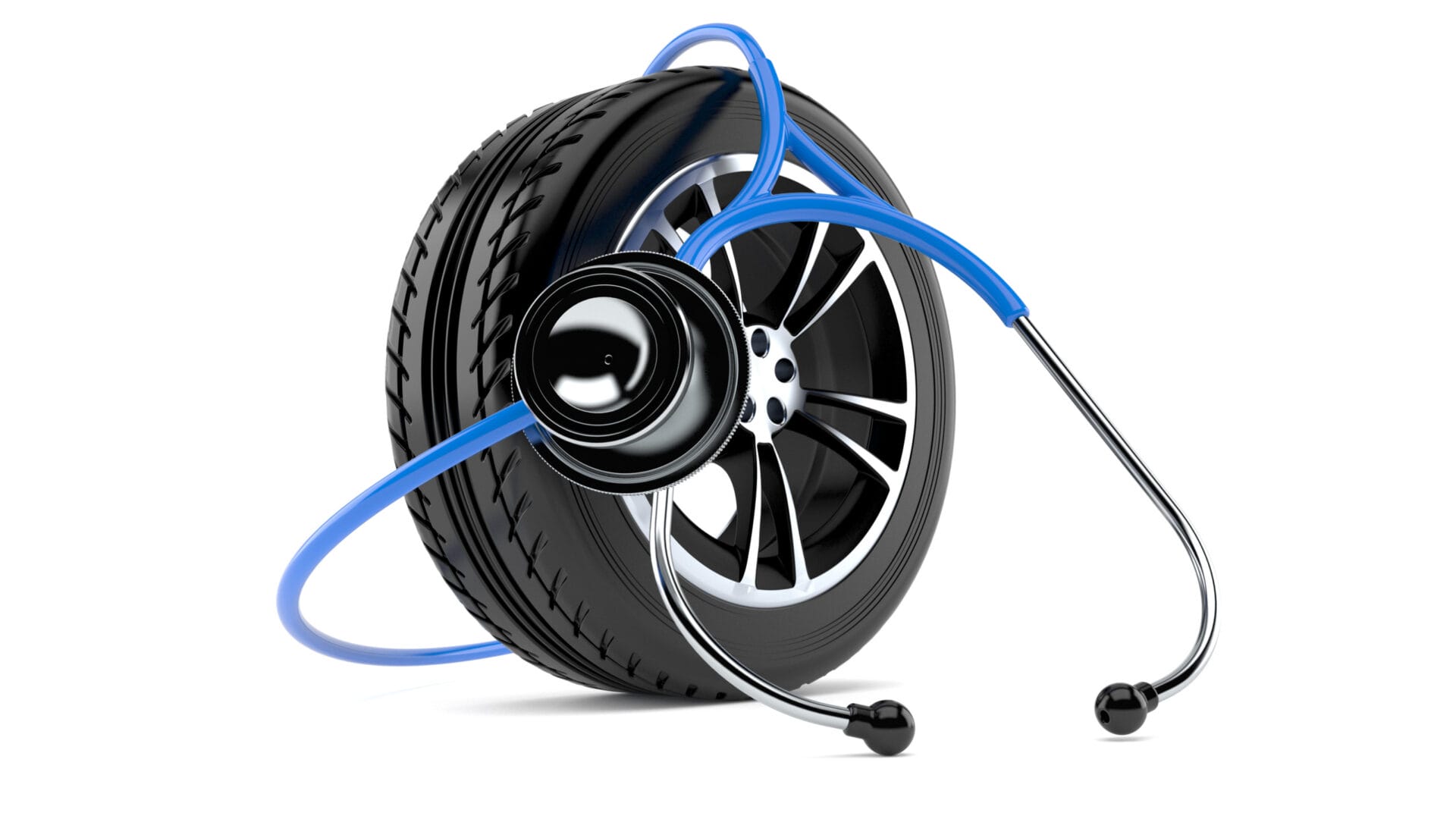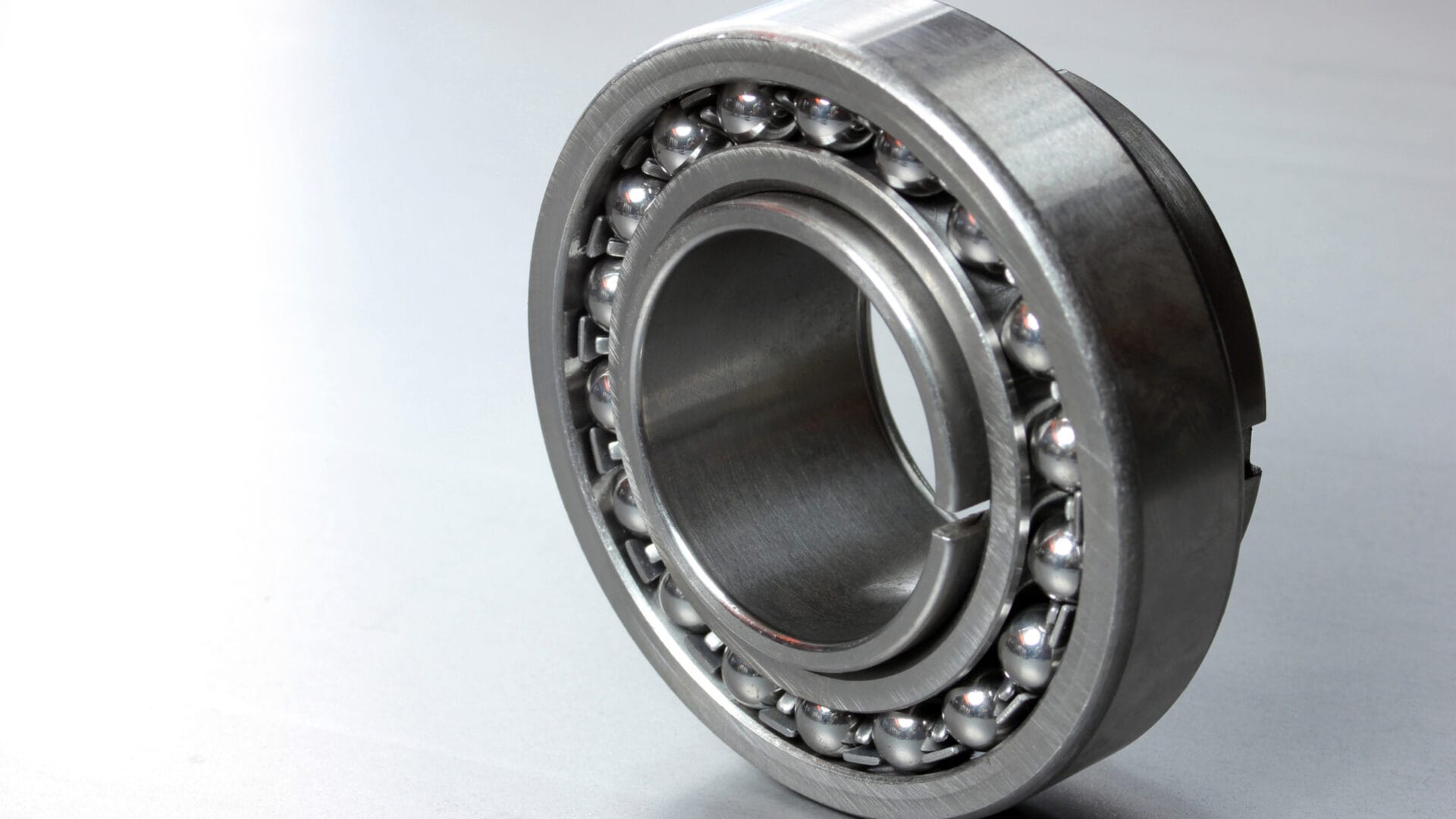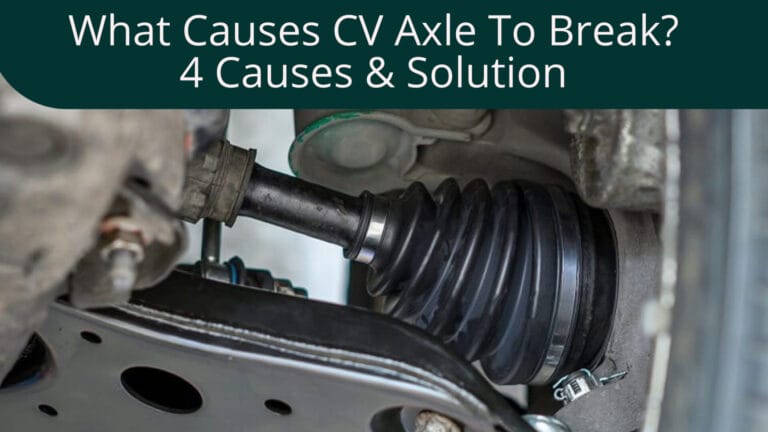Can Hitting a Curb Damage a Wheel Bearing?
Navigating the bustling streets or even the quiet lanes, unexpected encounters like hitting a curb can happen to the best of you. One lingering question that often arises from such incidents is, “Can hitting a curb damage a wheel bearing?”
Yes. When you hit a pothole or curb really hard, it puts a lot of pressure on the wheel bearing parts, resulting in small marks on the bearing’s surface. While these marks may not be dangerous immediately, eventually, as the marks rotate, they could cause the bearing to make noise and damage the entire bearing.
In this guide, we’ll discuss the impact of hitting a curb on your wheel bearings, so you can prevent damage to your vehicle’s performance and ensure your safety.
Wheel Bearing and Their Importance
Before we talk about how hitting a curb affects your wheels, let’s understand the role of wheel bearings.
Wheel bearings are made up of a set of steel balls or rollers enclosed within a metal ring called a race. They are located within the wheel hub assembly, allowing the wheel to rotate freely.

This essential component enables your wheels to rotate smoothly around the axle, reducing friction and ensuring safe, effortless movement of the vehicle. They carry the car’s weight and reduce friction.
How Hitting the Curb Hurts Your Wheel Bearing?
Picture this: You’re on a road trip with your trusty car, cruising along smoothly. Suddenly, bam! You hit a curb, and your car shakes like it’s doing the cha-cha.
But have you ever thought about how your car’s wheel bearing feels about all of this?
When you hit a curb, it can cause your wheel and axle to become misaligned. This misalignment can place uneven stress on your wheel bearings, leading to premature wear and overloading. Additionally, it can also damage the protective seals of your wheel bearings, allowing contaminants like dirt and water to infiltrate. This can accelerate wear and diminish the overall lifespan of your bearings.
While wheel bearings are designed to handle both sideways and up-and-down loads, hitting a curb introduces unusual forces that can potentially subject the bearings to loads beyond their design specifications, further contributing to wear and potential damage.
How to Diagnose Wheel Bearing Issues?
This segment discusses three easy ways to identify wheel-bearing issues.

- Listen Carefully: The Sound Check
The first way is to ‘listen to problems.’ Yes, a damaged wheel bearing will show up, helping you to locate it. It will make a howling sound that gets louder with speed.
Drive and listen to your car for this auditory inspection. If you hear a grinding or metal-on-metal noise, especially when turning, it could indicate worn-out wheel bearings.
- Excessive Heat:
When you drive, your wheel bearings undergo constant rotation and movement. If hitting a carb has damaged your wheel bearing, it will create additional friction as it rotates. This friction generates heat. In a healthy system, some heat is normal due to the mechanical processes involved, but excessive heat is a red flag.
- Wheel Wobbling
When the wheel bearing is not providing the necessary stability, and there is a noticeable wobbling or play in the wheel, it’s a sign it’s damaged. A worn-out or damaged wheel bearing can allow the wheel to move more than it should, causing this looseness. This symptom is often indicative of a compromised wheel bearing that may need replacement.
- Pulling Sensation
Damaged wheel bearings can lead to an imbalance in the distribution of forces, causing the car to pull to one side. So, if you experience your car pulling to one side while driving, it may suggest a problem with the wheel bearings.
- Uneven Tire Wear
We just got to know that a damaged wheel bearing may cause the wheel to tilt or wobble, leading to uneven pressure on the tire. This uneven pressure results in uneven tread wear, with more wear on one side compared to the other.
- Practical Method – Tire Shake Test
Shaking the tire to inspect the wheel bearing is the second way. In this test, safety is paramount. Now, follow these steps—
- Jack up your car, secure it on jack stands and block the rear tires to prevent movement.
- Grab and shake the tire at three and nine o’clock when the automobile is stabilized.
- Check for vertical play at the twelve and six o’clock positions to rule out additional faults.
- Keep your vehicle high and avoid collisions during this test.
- A visible play in both directions can prove that the wheel bearing is the problem, not tie rods or ball joints.
- Beyond the Surface – Final Check
The diagnosis requires a visual investigation behind the tire. Try moving the tire to check the tie rod, lower ball joint, and upper ball joint.
If the tire plays and clicks, yet the ball joints and tie rod remain steady, the wheel bearing is likely to blame.
You should also keep an eye on the ABS system. In some cases, a malfunctioning wheel bearing can trigger the ABS warning light on your dashboard.
Note that not all bad wheel bearings play, so this step adds verification.
What to Do If You Suspect Wheel Bearing Damage?
If you suspect that your car’s wheel bearings might be damaged, it’s important to take action right away.
The first thing you should do is to get in touch with a professional mechanic and have them inspect your car thoroughly. They will be able to diagnose the problem and recommend the best course of action.
However, if you think of it as more bother than work and feel confident about DIY-ing, then follow the next segment we have curated for you!

How do you change your vehicle’s wheel bearings? A Step-by-Step Guide
For the sake of urgency, following these steps may help to change your vehicle’s wheel bearings safely and efficiently—
- Park on a level surface and engage the parking brake.
- Use wheel chocks for stability.
- Loosen lug nuts and lift the wheel with a jack.
- Remove the wheel, brake caliper, and dust cover.
- Extract the cotter pin, unscrew the castle nut, and remove the rotor.
- Access hidden bolts to remove the hub from the axle.
Frequently Asked Questions
Is wheel bearing damage noticeable immediately after hitting a curb?
Not always. While some signs may be immediate, damage can manifest over time. It’s essential to monitor for symptoms like noise or vibration.
Will all vehicles experience wheel bearing damage from hitting a curb?
Potentially. While all vehicles can be affected, those with lower-profile tires and less suspension cushioning may be more vulnerable to damage.
Can damaged wheel bearings be repaired?
No. In most cases, damaged wheel bearings cannot be repaired and should be replaced to ensure safe vehicle operation. However, if you have prior experience of DIY-ing and feel confident about it, then go ahead.
Are there specific symptoms indicating wheel bearing damage?
Yes. Unusual noises (grinding, humming), vibration, or difficulty steering are common indicators of potential wheel bearing issues.
Is it safe to continue driving if I suspect wheel bearing damage?
No. Continuing to drive with damaged wheel bearings can exacerbate the issue, leading to more significant problems.
Conclusion
Hitting a curb may seem like a minor mishap, but it can cause significant damage to your wheel bearings.
When you hit a curb, the force and impact can cause the wheel bearings to become misaligned or damaged. This can lead to issues such as increased friction, noise, and even wheel instability.
If you’ve recently hit a curb and are experiencing these unusual symptoms, you should consult with a professional mechanic to ensure optimal performance and longer lifespan.





